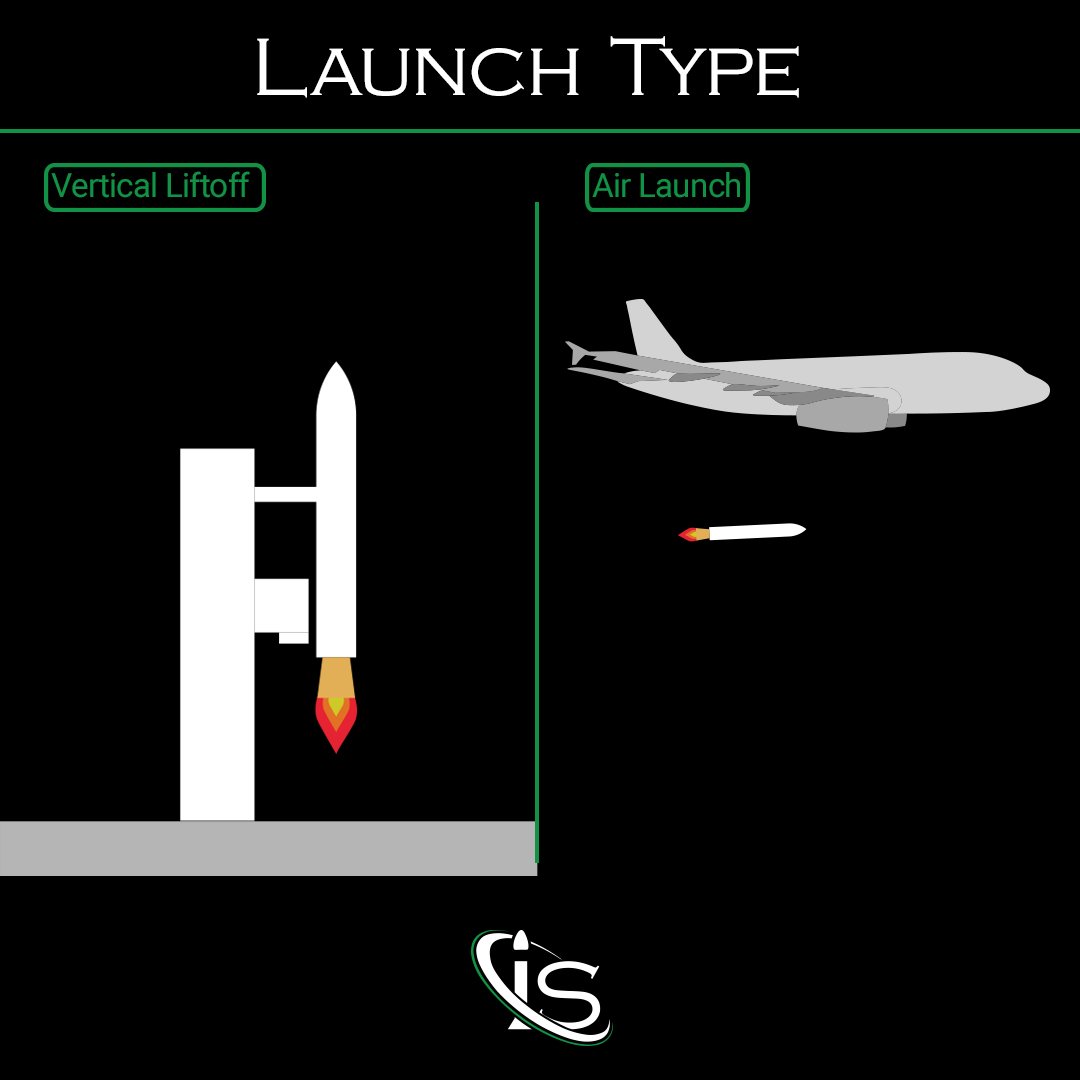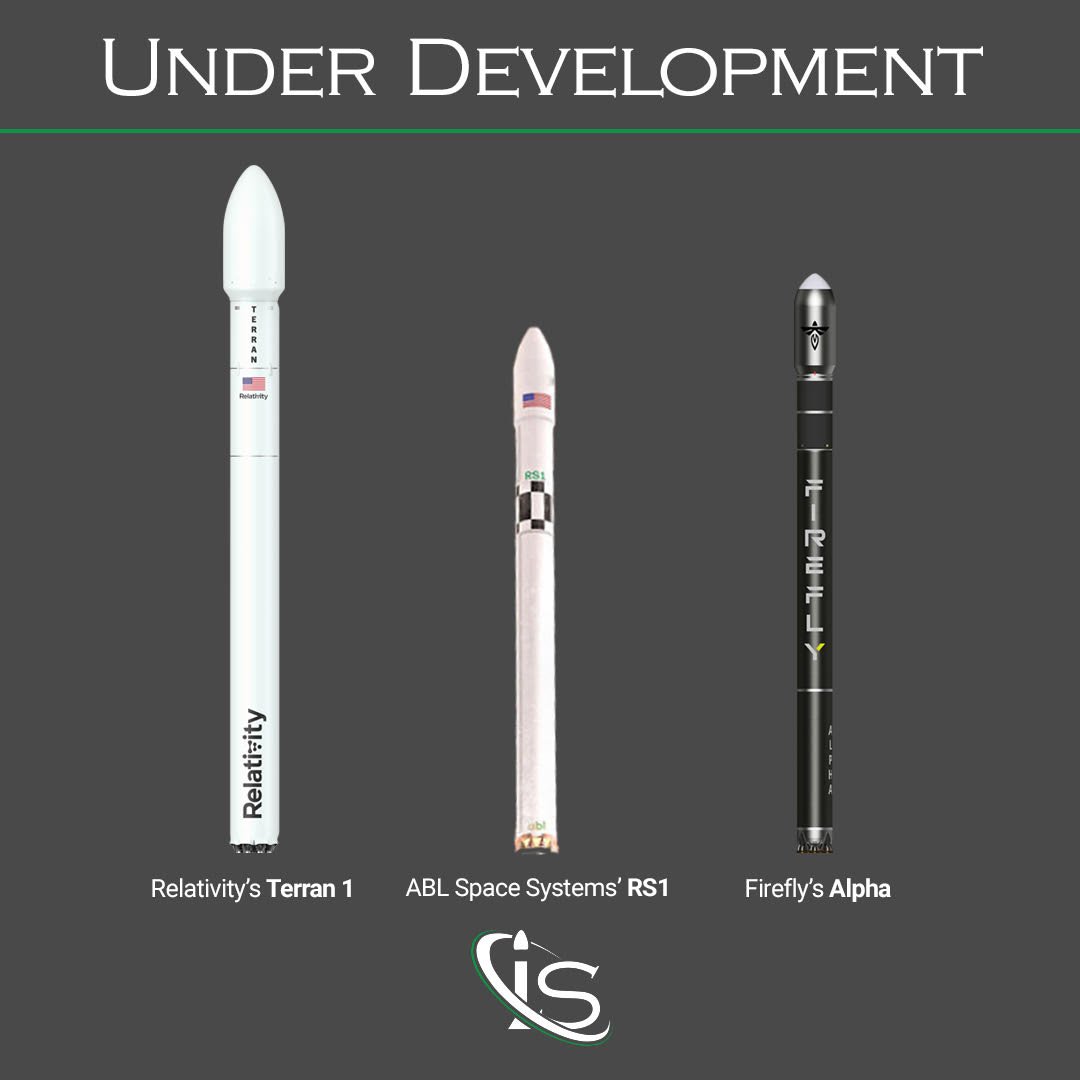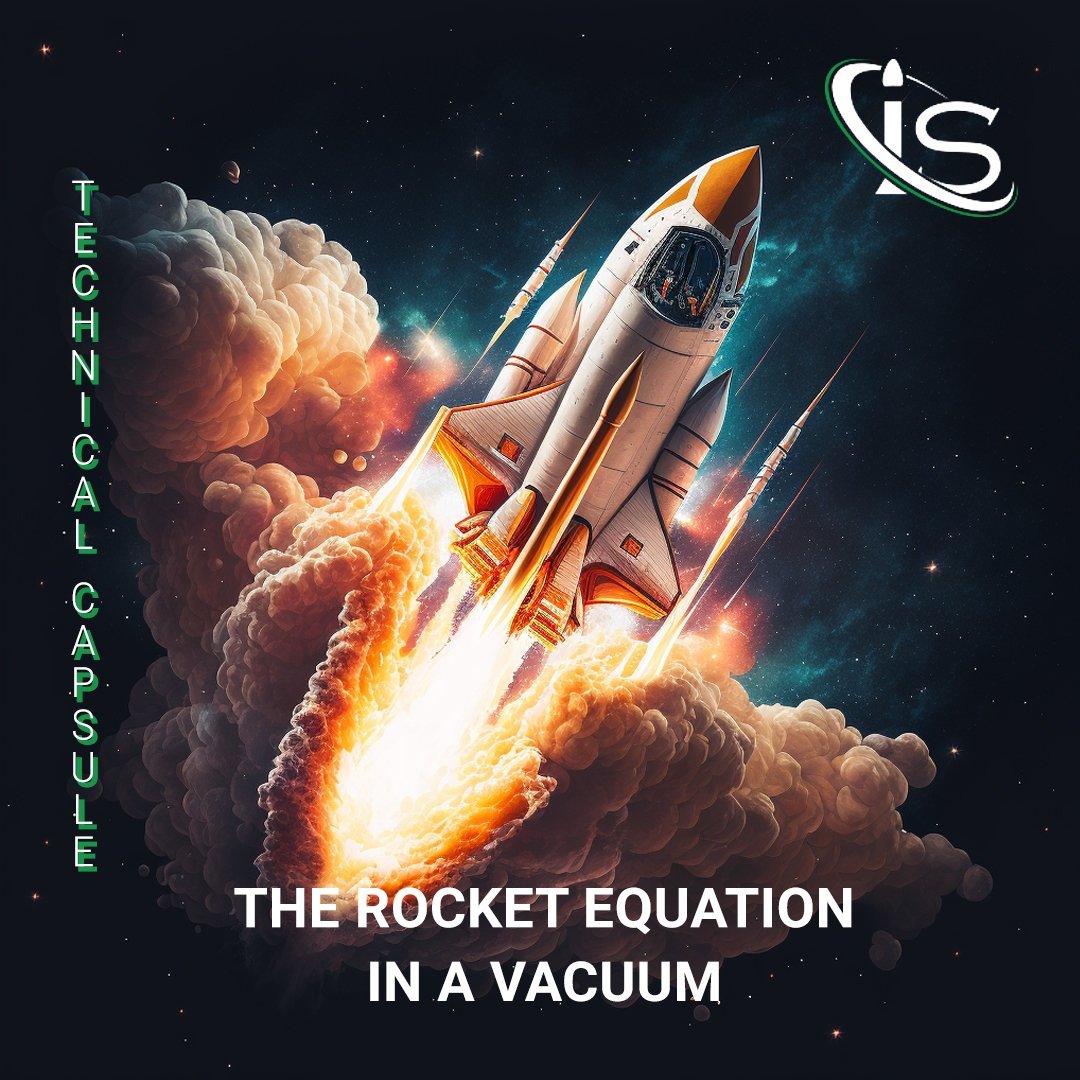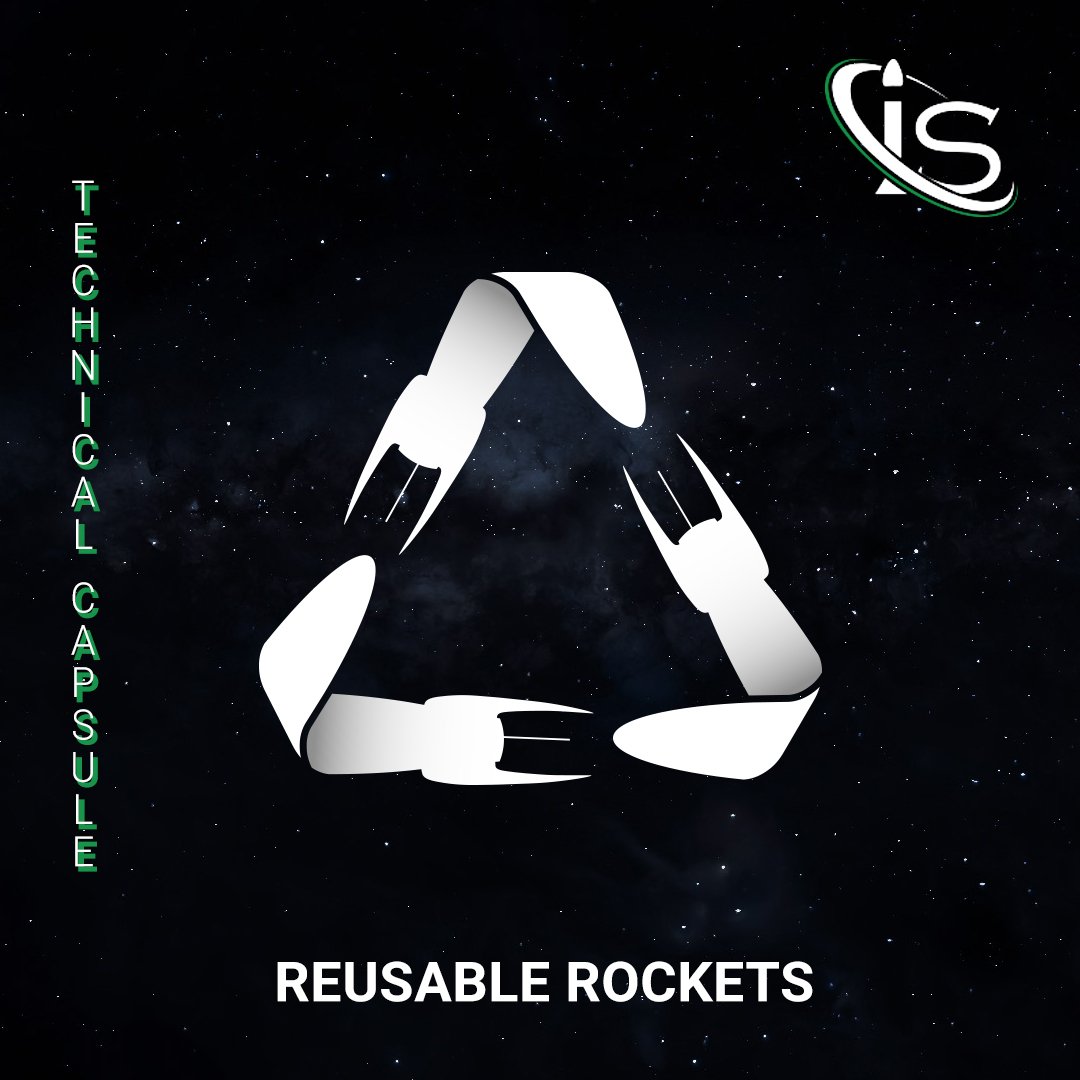In preparation for a rocket launch, every detail undergoes thorough screening. Just think of the number of tests an engine needs to pass or the precision of a satellite integration in the cleanroom. The only condition not controllable is the weather. So: when can weather stop a rocket launch?
Meteorologists can predict the weather favorability with a percentage, but there are some prohibitive weather conditions in a rocket launch. Weather is one of the biggest causes for launch delays and scrubs. We based this Technical Capsule on the 14 launch weather criteria of Falcon 9, which you can find here.
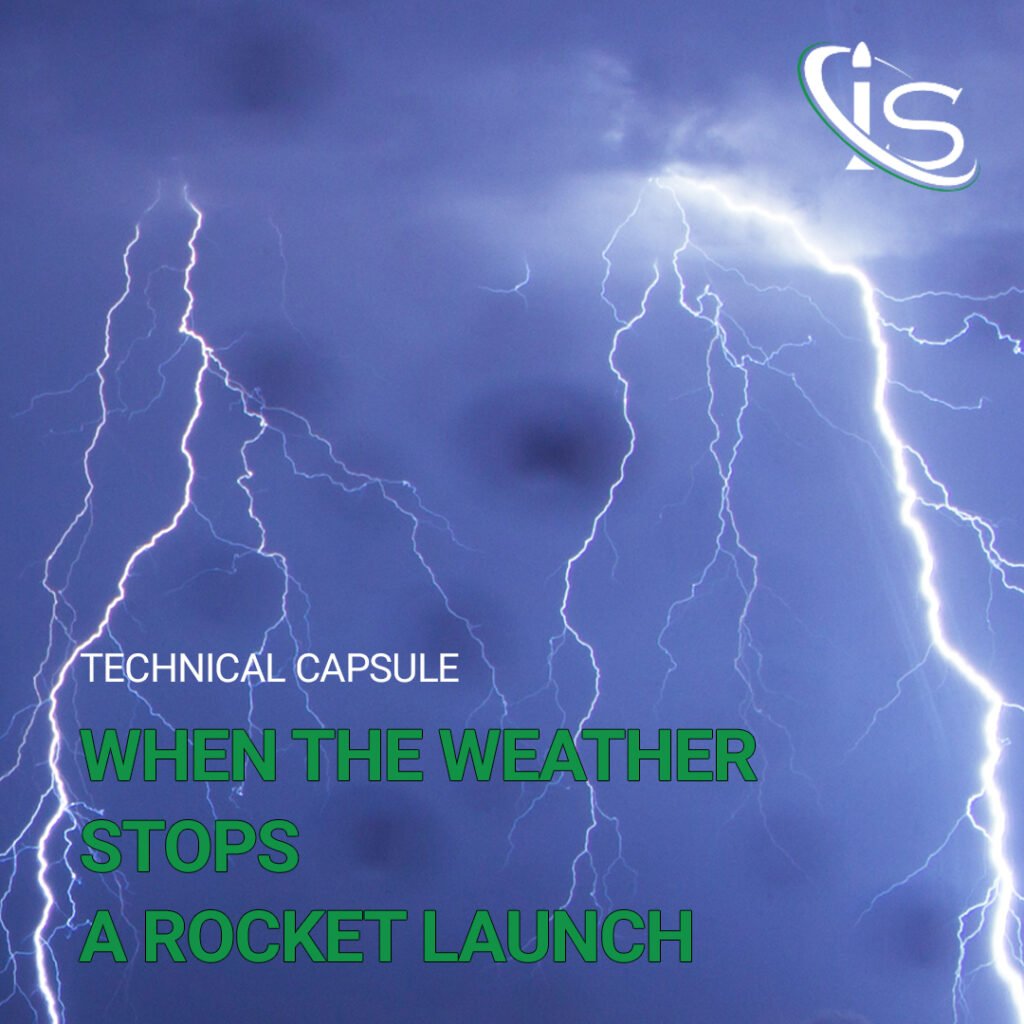
Weather Cocking: the wind effect
The first two conditions regard the wind. Firstly, if the wind at 50 meters is more than 50 km/h, the rocket cannot liftoff; secondly, if the upper-level conditions contain wind shear, the rocket again cannot liftoff.
But why is the wind so binding in rocket launches?
This answer is: the weather cocking. Let’s go into the detail of this side effect on a rocket.
Aerodynamic Qualitative Description
If we consider a rocket lifting from the launch pad without wind, the velocity vector will be vertical, directed toward outer space. The relative velocity of the air will, therefore, be parallel to the velocity vector but in the opposite direction.
Before adding the wind, it is worth mentioning the aerodynamic forces that increase with velocity. These forces depend, in fact, on the square of the velocity.
Now it is time to add the wind, perpendicular to the flight path, and observe what happens:
Adding the wind velocity, perpendicular to the flight path, to the relative air velocity, parallel to the flight path, the inclination of the resulting vector is an angle β, defined as:
![]()
where V is the relative air velocity and w is the wind velocity.
This new side air flow, called effective flow direction, is the cause of the generation of an aerodynamic force by the rocket body and fins, the lift.
The aerodynamic forces act on the center of pressure of a body, which is usually below the center of mass. This distance between the application point of the forces and the center of mass produces a momentum about the latter, called torque, which rotates the flight path of the rocket.
So, to relax this physical discussion, if the wind blows hard, the rocket does not launch. Otherwise, the effect of the weather cocking can affect the maximum launch altitude since the flight path of the rocket is inclined by an angle β.
Lightning
As said before, the biggest reason for launch delays is the weather, with 30% of delays, in particular, being due to lightning. In fact, six over the 14 rules regard electricity in the sky and thunderstorms.
In the Technical Capsule “How Is a Launch Pad Structured?” we discussed the presence of the four towers around the rocket, which are taller than the launch vehicle, becoming a shield from lightning. These towers are essential since the rockets are not designed to overcome thunderstorms; they stay only shortly in the atmosphere. The most likely consequence of lightning striking a rocket would be the short circuiting of the electronics.
As such, it is clear that the rocket does not fly when there is a chance of lightning. Specifically, the rocket “does not launch:
- for 30 minutes after lightning is observed within 18.5 km;
- within 18.5 km of an attached thunderstorm anvil cloud;
- within 18.5 km of a detached thunderstorm anvil cloud;
- in 5.5 km of a thunderstorm debris cloud;
- within 18.5 km of the edge of a thunderstorm that is producing lightning within 30 minutes after the last lightning is observed
- for 15 minutes if field mill instrument (measuring the strength of electric field readings within 9 km) exceed +/- 1500 volts per meter.”
In these rules, not only lightning can stop a rocket launch, but even the presence of a thundercloud. In fact, the ascension of a rocket through clouds can trigger lightning.
Too hot or too cold?
Did you know that even the temperatures are binding in stopping a rocket launch? Not every launch vehicle and launch operator has the same “do not launch” rules; we will bring as an example Falcon 9 and SLS, the first operated by SpaceX and the second by NASA.
- The temperature constraint that SpaceX imposed is that the launch does not happen in freezing condition; not a big deal in Cape Canaveral, Florida, the sunshine state!
- NASA imposed for SLS that the rocket does not launch if the temperatures are lower than 3°C/9°C (depending on the humidity) or greater than 35°C for more than 30 minutes.
And what about the Rain?
Even for the rain we need to make a distinguo: SpaceX has more relaxed rules reguarding precipitation, while NASA is categorical: no launch through precipitations!
Here, the Technical Capsule ends. It has been a pleasure to travel through the weather to understand the delicateness of a rocket launch. If you want to know more about the prohibitive weather or you want to know more about the aforementioned clouds, you just need to write down a comment in the Chatbox. See you soon, always here at impulso.space!

